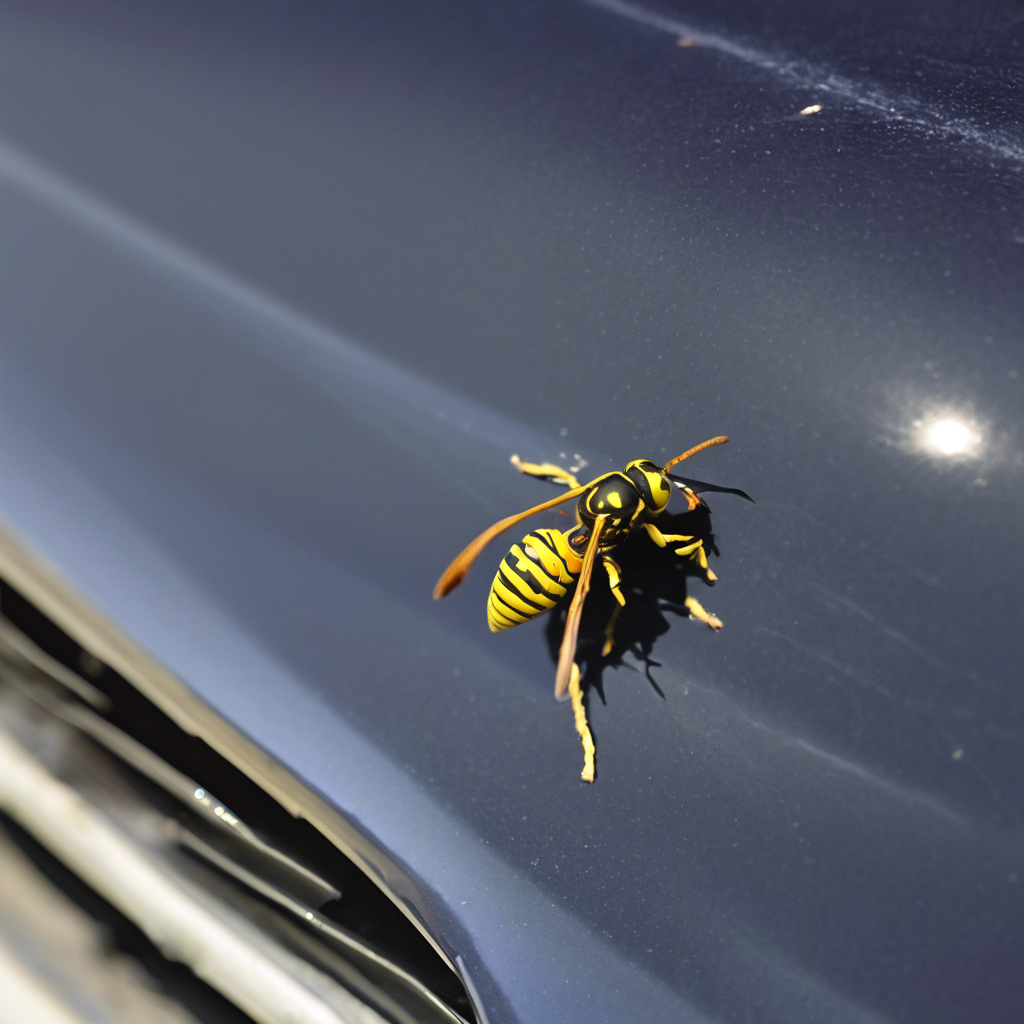Wasps are often seen buzzing around cars and can sometimes be a nuisance for drivers. But what is it about cars that attracts these stinging insects? There are a few reasons why wasps are drawn to cars, and understanding these reasons can help us better deal with them.

One reason why wasps are attracted to cars is the heat that they generate. Cars generate a significant amount of heat, especially when they have been running for a while. This heat can attract wasps looking for warmth, especially during cooler months or in shaded areas. This is why you may often find wasps near the engine compartment or the exhaust pipe of a car.

Another factor that attracts wasps to cars is the presence of food or sugary substances. Wasps are attracted to sweet smells and tastes, and they are particularly drawn to sugary substances such as spilled soda or juice, leftovers, or even trash that may be present in or around the car. These food sources provide an easy and accessible meal for wasps, which is why they are often found near places where food is consumed, including cars.

In addition to heat and food sources, wasps are also attracted to the shelter and protection that cars offer. Cars provide a safe and enclosed space for wasps to build nests or hide from predators or inclement weather. They may choose to build nests in or around the car, such as in the crevices of the bodywork or inside the wheel wells. This is why you may sometimes find wasp nests attached to your car.
Interestingly, the shape and color of cars can also attract wasps. Some research suggests that wasps are more attracted to darker colored cars, possibly because they resemble areas where wasps typically build their nests, such as tree trunks or rocks. The reflective surfaces of cars can also give off a light that is attractive to wasps, especially on sunny days.
It should be noted that not all wasps are attracted to cars, and their behavior can vary depending on the species. Some wasps, such as paper wasps or yellow jackets, are more likely to be attracted to food sources and may be found near cars more often. Others, such as solitary wasps, are more focused on finding suitable nesting sites and may be less attracted to cars.
If you find yourself dealing with a wasp problem around your car, there are a few steps you can take to minimize their presence. First, try to keep your car clean and free of food debris or sugary substances that may attract wasps. Regularly clean up any spills or food waste. You can also use wasp traps or repellents near your car to deter them from coming too close.
If you notice a wasp nest on or near your car, it is best to call a professional pest control service to remove it. Attempting to remove a wasp nest yourself can be dangerous, as wasps can become aggressive when their nests are disturbed.
In conclusion, wasps are attracted to cars due to a combination of factors including heat, food sources, shelter, and the color and shape of the car. Understanding these factors can help us better deal with wasps and minimize their presence around our vehicles.
